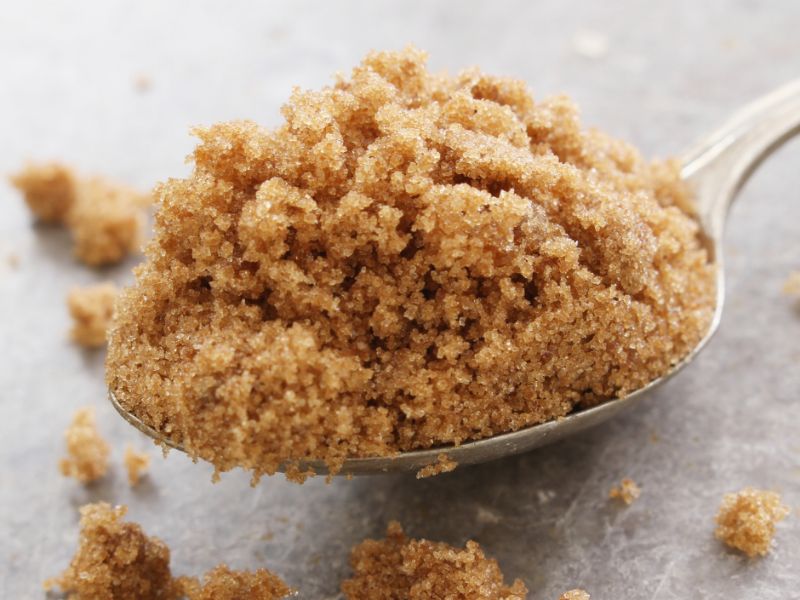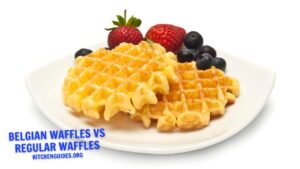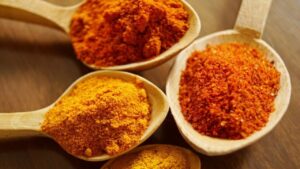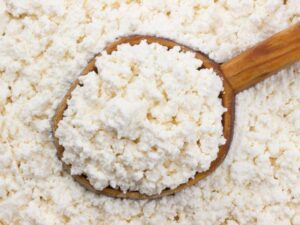When it comes to baking and cooking, sugar is a key ingredient in many recipes. However, there are different types of sugar, and sometimes it can be confusing to know which one to use. Brown sugar and white sugar are two of the most common types of sugar, but can they be used interchangeably? In this article, we’ll explore the differences between brown sugar and white sugar, whether or not you can substitute one for the other, and some tips for using each type of sugar.
What is Brown Sugar?
Brown sugar is a type of sugar that is typically used in baking and cooking. It is made by adding molasses to refined white sugar. The amount of molasses added determines the color and flavor of the brown sugar. Dark brown sugar has more molasses added to it than light brown sugar, giving it a richer flavor and darker color. Brown sugar is often used in recipes for cookies, cakes, and other baked goods because it adds moisture and depth of flavor.
What is White Sugar?
White sugar, also known as granulated sugar, is the most common type of sugar used in cooking and baking. It is made by refining sugarcane or sugar beets to remove the molasses and impurities. The result is a fine, white powder that is used in a wide variety of recipes. White sugar is often used in recipes for cakes, cookies, and other baked goods, as well as in drinks and other sweet treats.
Differences between Brown Sugar and White Sugar
While both brown sugar and white sugar are used as sweeteners in cooking and baking, there are some key differences between the two. Here are some of the main differences:
Flavor differences
The most noticeable difference between brown sugar and white sugar is the flavor. Brown sugar has a richer, more complex flavor than white sugar, thanks to the molasses that is added to it. This makes it a great choice for recipes where you want to add depth of flavor, such as in cookies, cakes, and other baked goods.
Nutritional differences
While both brown sugar and white sugar contain roughly the same number of calories and carbohydrates, brown sugar contains slightly more nutrients than white sugar. This is because brown sugar is made from a more unrefined form of sugar that retains some of its natural vitamins and minerals. However, the difference in nutritional content between the two is relatively small, and neither can be considered a healthy food.
Texture differences
Brown sugar has a slightly stickier texture than white sugar, thanks to the molasses that is added to it. This can be an advantage in recipes where you want a chewier texture, such as in cookies or brownies. However, the stickiness of brown sugar can also be a disadvantage in recipes where you want a more delicate texture, such as in meringues or delicate cakes.
Baking differences
Because brown sugar contains molasses, it is more acidic than white sugar. This can affect the way that baked goods rise and brown. In some recipes, substituting brown sugar for white sugar can result in a more tender and moist baked good. However, in other recipes, the acidity of the brown sugar can interfere with the leavening agents and result in a less desirable texture.
Can Brown Sugar Be Substituted for White Sugar?
One of the most common questions people have about brown sugar and white sugar is whether or not they can be used interchangeably in recipes. The answer is that it depends on the recipe. In some cases, you can substitute brown sugar for white sugar without any issues. However, in other recipes, the differences between the two types of sugar can have a significant impact on the final product.
If you want to substitute brown sugar for white sugar, the general rule of thumb is to use 1 cup of brown sugar for every 1 cup of white sugar called for in the recipe. However, you should keep in mind that this will result in a different flavor and texture than the original recipe. In general, substituting brown sugar for white sugar will result in a moister, chewier final product with a richer flavor.
Here are some tips for using brown sugar as a substitute for white sugar:
- Use brown sugar in recipes where you want to add depth of flavor, such as in cookies, cakes, and other baked goods.
- Keep in mind that brown sugar is more acidic than white sugar, which can affect the way that baked goods rise and brown. Adjust the leavening agents and baking time as needed.
- Be aware that brown sugar can make baked goods darker in color than white sugar would.
- Experiment with using different types of brown sugar, such as light or dark, to see how the flavor and texture differ.
When Not to Substitute Brown Sugar for White Sugar
While brown sugar can be used as a substitute for white sugar in many recipes, there are some cases where it may not work as well. Here are some situations in which you should avoid substituting brown sugar for white sugar:
- Recipes that require a delicate texture, such as meringues or angel food cakes. The stickiness of brown sugar can interfere with the delicate structure of these types of baked goods.
- Recipes that require a light color, such as white cakes or frosting. Brown sugar will make these types of baked goods darker in color than white sugar would.
- Recipes where the sweetness of the sugar is the main flavor, such as in simple syrups or frosting. The molasses flavor of brown sugar can overpower the other flavors in the recipe.
How to Make Brown Sugar from White Sugar
If you don’t have any brown sugar on hand but want to use it in a recipe, you can make your own brown sugar at home using white sugar and molasses. Here’s how:
- Measure out the amount of white sugar called for in the recipe.
- Add 1 to 2 tablespoons of molasses per cup of white sugar, depending on how dark you want the brown sugar to be.
- Mix the sugar and molasses together until well combined.
- Use the brown sugar in the recipe as you would regular brown sugar.
One advantage of making your own brown sugar is that you can control the intensity of the molasses flavor. You can also make just the amount of brown sugar that you need for the recipe, rather than having to buy a whole bag of it.
Brown Sugar vs. White Sugar in Cooking
While brown sugar and white sugar can be used interchangeably in some recipes, they do have different flavors and properties that can make them better suited for certain types of cooking. Here are some differences to keep in mind:
- Brown sugar contains molasses, which gives it a richer, more complex flavor than white sugar. This makes it a good choice for recipes where you want to add depth of flavor, such as in chocolate chip cookies, gingerbread, or barbecue sauce.
- White sugar has a neutral flavor and color, which makes it a good choice for recipes where you want the other ingredients to shine through. It’s commonly used in recipes for cakes, frosting, and other desserts where you don’t want the sugar to overpower the other flavors.
- Brown sugar is moister and stickier than white sugar, which can affect the texture of baked goods. It can make them chewier and more moist, which can be a desirable trait in some recipes but not in others.
- White sugar is more granular and crystalline than brown sugar, which can affect the way it dissolves in liquids. In recipes where you need the sugar to dissolve completely, such as in simple syrups or sorbets, white sugar is often the better choice.
Conclusion
So, can you substitute brown sugar for white sugar? The answer is yes, in many cases. Brown sugar can add a richer flavor and moister texture to baked goods, making it a good choice for recipes where you want to add depth of flavor. However, it’s important to keep in mind that brown sugar can also affect the color and texture of baked goods, so it may not be the best choice in all recipes. If you don’t have any brown sugar on hand, you can easily make your own using white sugar and molasses. Ultimately, the choice between brown sugar and white sugar comes down to personal preference and the specific needs of your recipe.
Whether you choose to use brown sugar or white sugar, remember to measure carefully and adjust your recipe as needed. With a little experimentation, you can create delicious baked goods that are perfectly tailored to your taste.




